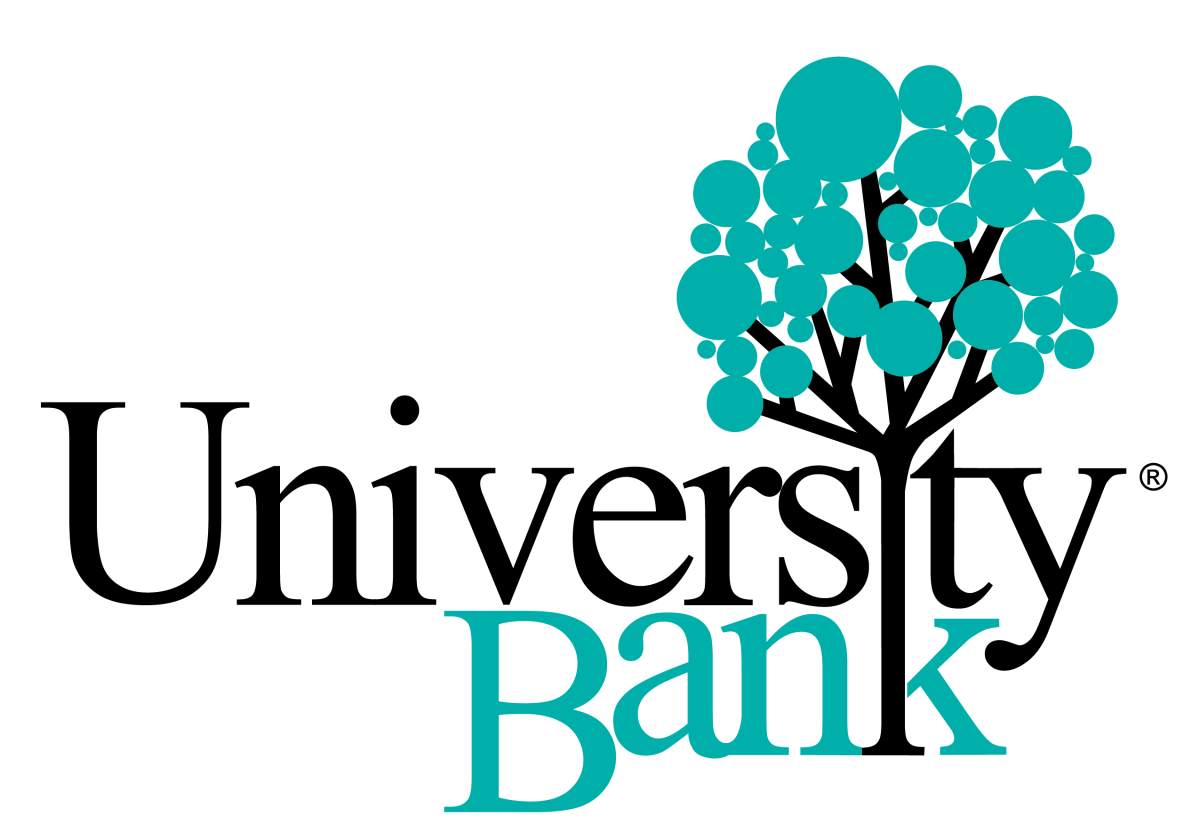Customer Security Education Center
Customer Security Education Center
UNIVERSITY BANK AND YOUR LOG-IN CREDENTIALS
University Bank will never call, email or otherwise contact you to request your access ID, password, or other log-in credentials for the online services we offer. If you receive such a request, do not provide any information. Contact us at (800) 368-7987 to report the incident.
If you see suspicious activity on your account(s) or have received a suspicious call, text, email, letter or other similar contact regarding your relationship to University Bank, call (800) 368-7987.
- Do not share your User IDs or Passwords with another person or provide them to others.
- Safeguard your User ID and Password information—never leave the information in an unsecured location.
- Create a unique User ID and Password. Do not use the same identifying information on multiple websites.
- Create strong User IDs and Passwords. In other words, use upper case letter(s), lower case letter(s), number(s), and special character(s) (!@#$%^&*)
- Monitor account activity. View account activity online on a regular basis and review periodic account statements (monthly and/or quarterly) and reconcile them to your personal records.
- Log Off/Sign Out from a website; do not just close the page or “X” out.
- Secure websites have a web address that includes an “s” (https rather than http). If this is lacking, the site is not genuine. Do not log in or conduct business on the site.
- If a website displays a security monitor, verify it has the current date. If it does not, do not use the site; it may be a spoofed or hijacked website.
- When completing financial transactions, verify encryption and other security methods are in place, protecting your account and personal information.
- Use quality security monitoring software on your PC that includes anti-virus, anti-malware and firewall functions.
- Use your PC’s security features such as individual Log-In accounts.
- Keep PC operating system security up-to-date by applying patches and updates.
- Use passwords to protect your computer network (physical or wireless).
- Many cafes, hotels and airports offer “free” Wi-Fi connectivity, but be mindful that this free access poses a greater risk for ID theft than when you are logged into your home or office connection.
- Avoid logging into your online banking while on public Wi-Fi.
- Never input secured data (such as your credit card information) when on public Wi-Fi.
- To prevent possible hijacking of the website while using public Wi-Fi, use websites that encrypt data.
- Use a VPN (Virtual Private Network) to encrypt transferred information.
- Consider using a “paid” Wi-Fi card offered through a vendor such as Ameritech or Verizon. These wireless cards provide an enhanced layer of security over public Wi-Fi usage.
The new FFIEC Guidance takes note that business transactions, because of their frequency and dollar value, are inherently more risky than consumer transactions. The Guidance also notes the steep rise of online account takeovers and unauthorized online fund transfers related to business accounts in the last five years.
Recently, small- to medium-sized businesses have been primary targets as cyber criminals have recognized that the security controls they have in place are not as robust as that of larger businesses. Analysis indicates enhanced controls over administrative access and functions related to business accounts and layered security using multiple and independent controls would help to reduce these types of crime.
- Implement password, website, computer and network tips above to provide a starting point for this process.
- Terminate the rights of former employees in a timely matter.
- Establish dual control over individual access to online transactions.
- Conduct employee background checks.
- Segregate duties so no one person has too much access or control.
The web resource links below provide additional detailed information.
Learn more and do more to protect yourself online!
- The FTC Business Center website has a great deal of information for businesses at: http://business.ftc.gov/privacy-and-security/data-security
- Consumer alerts and online security tips on the FTC website:
http://www.ftc.gov/bcp/menus/consumer/data/privacy.shtm
Sticking to the Basics Can Go a Long Way
- Think twice before opening attachments or clicking on links in unsolicited e-mails and text messages. These messages may install “malware” (malicious software) on your computer or cellphone.
- Be on guard against counterfeit checks, cashier’s checks or money orders. Be especially leery if you get a check for more than the amount due and you’re instructed to return the difference by depositing the check and wiring the excess amount to the other party’s account or to an associate. If the check turns out to be counterfeit, you will be out the money regardless of whether you sent a check, wire or cash.
- Look at your bank statements and credit card bills as soon as they arrive. Immediately report any discrepancy or anything suspicious, such as an unauthorized withdrawal or charge, to your financial institution.
- Periodically review your credit reports and dispute any inaccurate information, which could indicate identity theft. You are entitled to a free copy from each of the nation’s three major credit bureaus every 12 months. To request a credit report, go to www.AnnualCreditReport.com or call toll-free 1-877-322-8228.
A new way to report tax identity theft
by Seena Gressin Attorney, Division of Consumer & Business Education, FTC
Identity theft is hard enough. That’s why we keep working to make recovering from it easier. It’s also why we’re happy to let you know about an innovative project by the FTC and IRS that lets people report tax-related identity theft to the IRS online, using the FTC’s IdentityTheft.gov website to file IRS Form 14039.
IdentityTheft.gov website on a laptop, smartphone, and tablet. Tax-related identity theft happens when someone uses your stolen Social Security number (SSN) to file a tax return and claim your refund. You might find out about it when you try to e-file — only to find that someone else already has submitted a return — or when the IRS sends you a letter saying it has identified a suspicious tax return that used your SSN. That’s when you’ll need to file an IRS Identity Theft Affidavit (IRS Form 14039), so that the IRS can begin resolving your case.
Now, you can report to the IRS through IdentityTheft.gov. It’s the only place you can submit your IRS Form 14039 electronically. Here’s how it works: IdentityTheft.gov will first ask you questions to collect the information the IRS needs, then use your information to populate the Form 14039 and let you review it. Once you’re satisfied, you can submit the Form 14039 to the IRS through IdentityTheft.gov. Download a copy for your own records, too. About 30 days later, the IRS will send you a letter confirming it received the information.
While you’re at IdentityTheft.gov, you’ll also get help making an identity theft recovery plan, with guidance including how to place a fraud alert on your credit files, check your credit reports, and take other steps to stop the identity theft from harming other of your accounts. IdentityTheft.gov also will help you resolve other identity theft problems.
Remember, though — filing the Affidavit doesn’t eliminate the need to pay your taxes. If you couldn’t e-file your tax return, you’ll still need to mail it to the IRS and pay any taxes you owe.
We hope you don’t run into problems with identity theft. But if you or someone you know does, visit IdentityTheft.gov to report it and get fast and effective recovery help.
Mobile Banking can be a very useful tool but we need to remain safe while using it. Below are two documents to reference with tips on how to keep you mobile devices secure.
12 Tips to Secure Your Mobile Devices (source: American Bankers Association | aba.com)
Safe Mobile Banking: Our Latest Tips for Protecting Yourself (source: FDIC Consumer News | FDIC.gov)
Want to Learn More?
For current rates or to open an account please call the Branch,
(800) 368-7987





